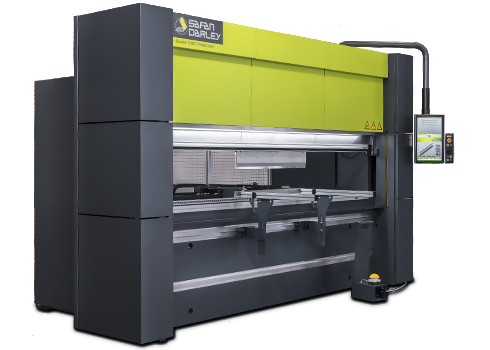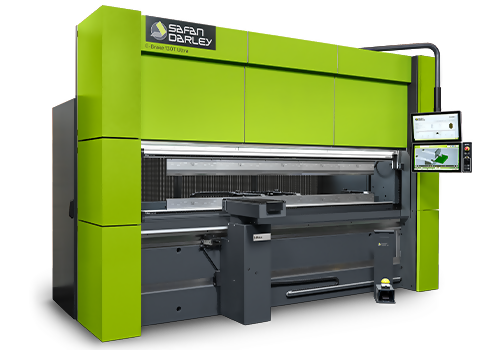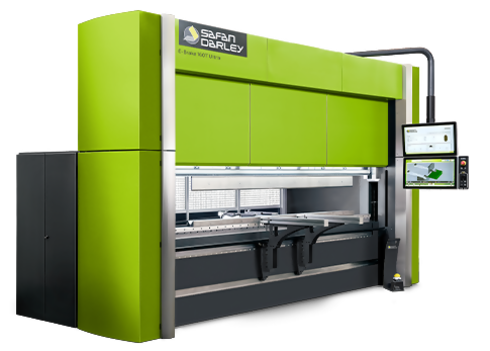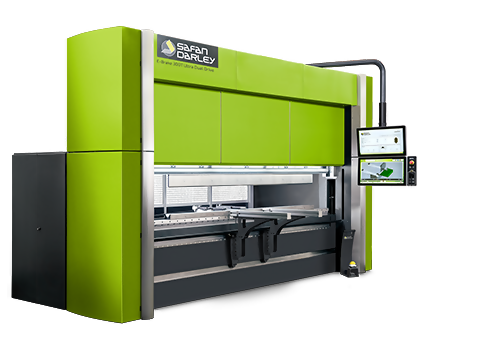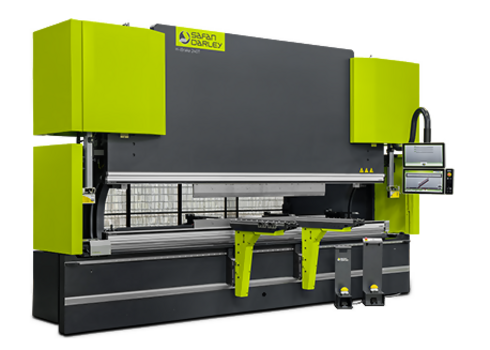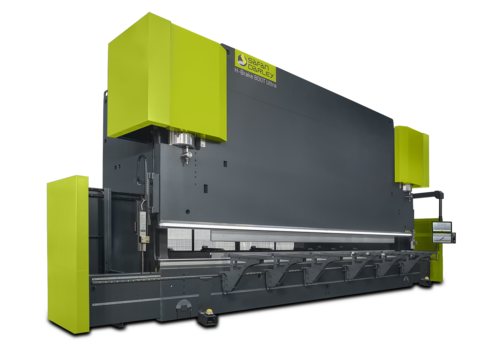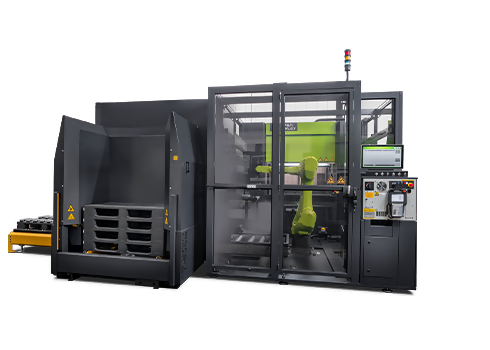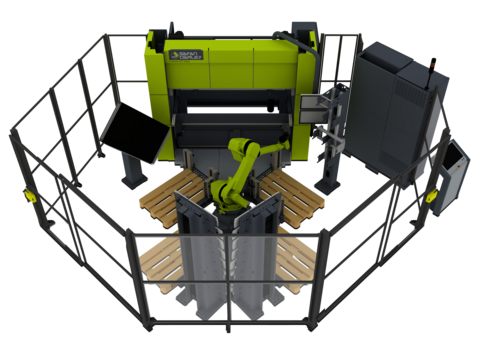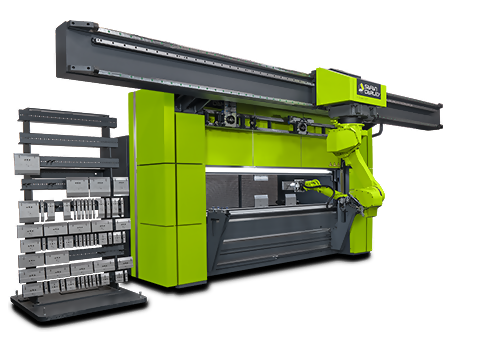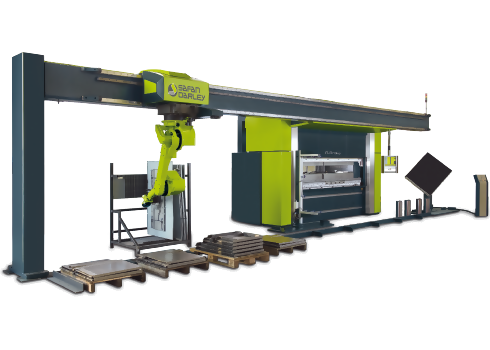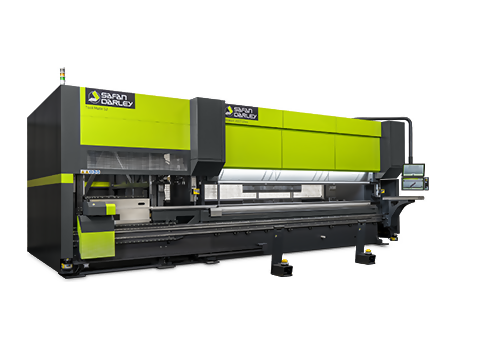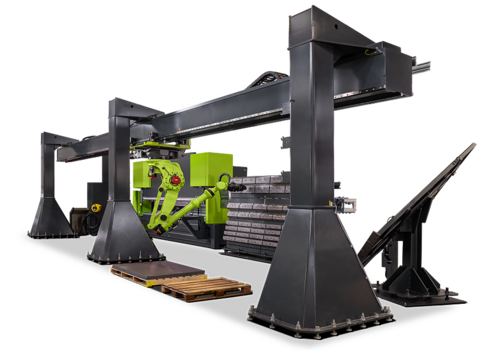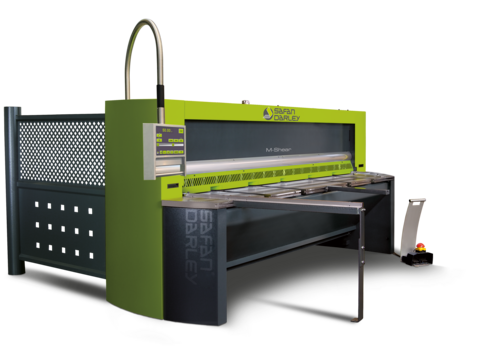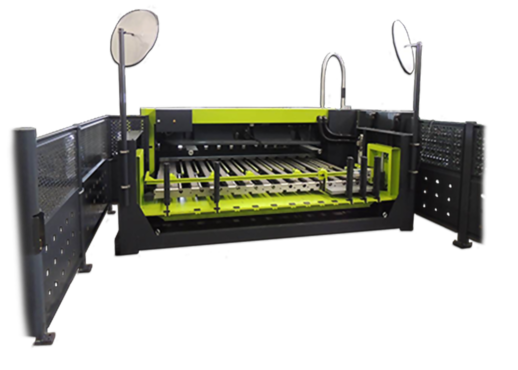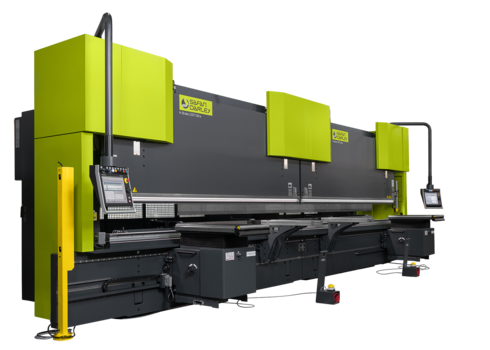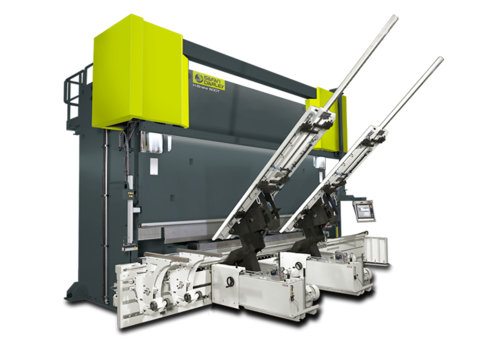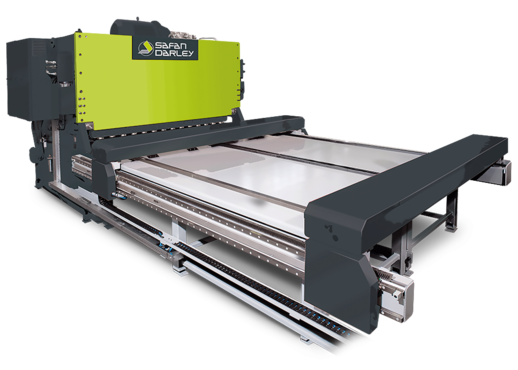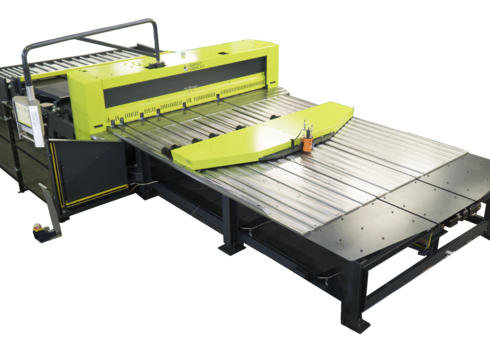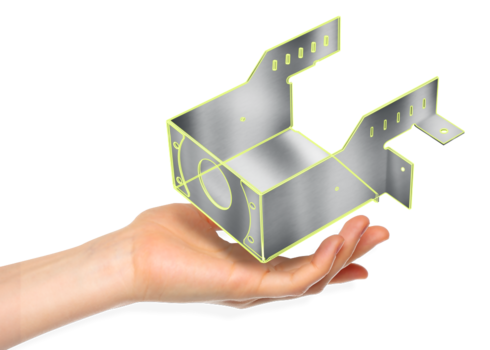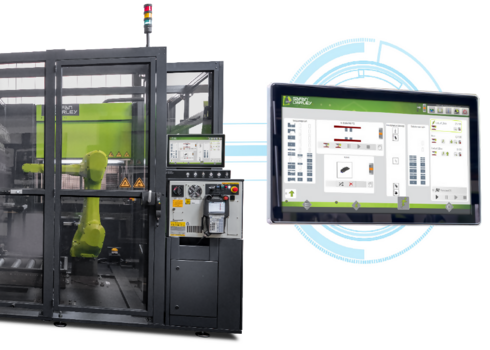
Automation Training Done Right: SafanDarley’s Customer Training Program
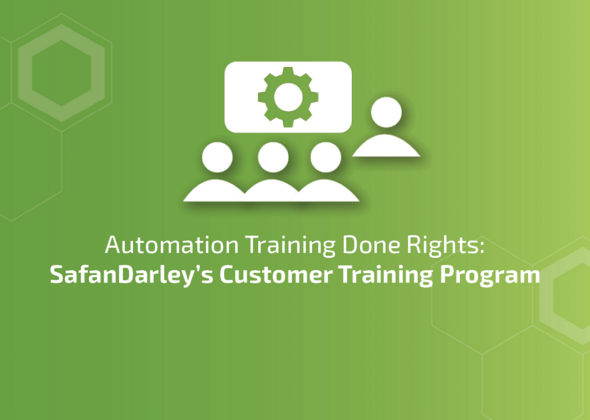
Automation Training Done Right: SafanDarley’s Customer Training Program
Innovations such as graphic user interface (GUI) software have made running SafanDarley’s automated fabrication systems easier than ever before. Fabricators no longer need engineers and programmers on staff to program and run the equipment, but there’s still a learning curve.
Our approach to training customers is rooted in our focus on delivering as much ROI as quickly as possible. Over the years, we’ve learned that to maximize ROI it’s critical that our customers get comprehensive training up front, before their equipment is even delivered. Using this approach, operators are ready to begin fabricating from day one, without costly downtime and missteps due to inadequate training or lack of familiarity with the equipment.
Here are the four steps of SafanDarley’s customer training model:
Step 1: OEM-Provided Robot Training
The robot will be doing the heavy lifting in your automated cell, and it’s critical that operators have in-depth knowledge about how to operate it efficiently. The purchase price of all SafanDarley pressbrakes includes on-site operator training at a Fanuc facility.
Fanuc is the gold standard for robots used in automated cells, and SafanDarley uses their robots exclusively in all of our automation systems. Fanuc’s Automation Education Training Programs are the industry standard for customer education, and we see their inclusion in our training model as a win-win-win. The operators walk away from the program with a certificate and are prepared to safely and productively operate the robot. Our customers benefit from having an operator who will be more productive and become the in-house expert for training other employees. And SafanDarley benefits from having customers who are maximizing their ROI using our equipment.
No other OEM includes robot training of this caliber in the purchase price of their equipment.
Step 2: In-Person Hardware Training at SafanDarley
The second phase of our training model takes place at SafanDarley North America’s state-of-the-art facility in Wisconsin. The trainees meet our customer support team and gain valuable, hands-on experience using equipment similar to what their company has purchased.
There are a couple of good reasons to bring the operators to Wisconsin for this training:
First, we prioritize building relationships with our customers and their key staff, and providing in-person training by our world-class team is the best way to do it. Operators are trained by in-house experts who can answer questions on the spot and help trainees think through the details of their equipment configuration and setup.
The other reason for attending training at our facility has to do with the nature of being an equipment operator or running a fabrication shop. Many of the operators we work with have a lot on their plate, and they spend much of their workday problem-solving and troubleshooting the problems that arise on a daily basis. We find that hosting the operators at our facility gives them a better opportunity to focus and absorb as much knowledge as possible.
While the first two steps of our program may seem like a major time commitment, experience has taught us that providing in-person training by the best experts in the field is the most efficient path to ROI. Those two weeks are well spent, as they can prevent many more weeks of downtime and inefficiency.
Step 3: Software Training and Programming
SafanDarley’s AutoPOL software is the glue that holds our automated systems together. AutoPOL completely automates fabrication programming and significantly increases efficiency. In some cases, customers have realized a 30% savings in their production costs.
AutoPOL enables operators to program a job by simply uploading a 3D CAD model of the part being fabricated and selecting the machine that will be used. The software “unfolds” the 3D model, creates a fabrication program, identifies the tooling required, and then provides a simulation of the fabrication process for the programmer to view. This streamlined process significantly shortens setup and programming times and greatly reduces the number of operator errors. This video provides a quick demo of AutoPOL.
SafanDarley provides AutoPOL training through either in-person trainings at our Wisconsin facility or an online learning module. In both instances, the training is provided one-on-one, with a single SafanDarley customer (one or two operators from the customer) at a time.
Step 4: Bringing It All Together
During the final week of equipment installation, SafanDarley brings all the pieces together at the customer’s facility using the customer’s new equipment. We walk through the entire fabrication process with each customer’s team, making sure operators can upload CAD drawings, program fabrication jobs, and make the parts they will be tasked with making. When the fourth step is completed, our customers have peace of mind that their staff can use the equipment safely and efficiently.
Proper Training Is Worth It
Dedicated training time with defined starting and stopping points early in the process pays dividends for our customers. They can be sure that once the equipment is installed, their operators will be using it independently without fumbling through the process for weeks on end.
It’s also worth noting that SafanDarley builds the training program into the schedule right from the start. While some pressbrake manufacturers force their customers to wait months for training, we prioritize it and pride ourselves on having each customer up and running before we leave their facility.
If you’re thinking through the details of installing new automated cells and training your staff to use them, feel free to contact us through LinkedIn or leave your questions below. We would be happy to discuss some options with you.
Read more
blogs
It’s critical that fabricators have a detailed parts list to review before locking down any agreements with equipment OEMs. This seems like an obvious step, but there are OEMs out there that don’t provide a parts list unless the customer specifically requests one. If you don’t know to ask, it’s easily overlooked among the many other questions you’ll have on your mind.
The skilled labor shortage within the manufacturing sector has been a dominant trend for the last several decades, reaching a pinnacle in recent years following the pandemic and its economic fallout. For many businesses, identifying and keeping talent on-board is the biggest operational challenge they face.
